Today’s Documents: More Choices

After six years of preparation, the 3rd “Today’s Documents” finally opened at Today Art Museum on December 10, 2016 and will last until March 5, 2017. The title of the exhibition is “BRIC-à-brac” in French, “The Jumble of Growth” in English and “另一种选择” (Another Choice) in Chinese. According to its curators, the French term BRIC-à- brac refers to a jumbled situation, whereas Jumble of Growth symbolizes a dynamic process, and Another Choice hearkens to an attitude, standpoint and analysis. The relations between these three titles in three languages are not parallel, but progressive.
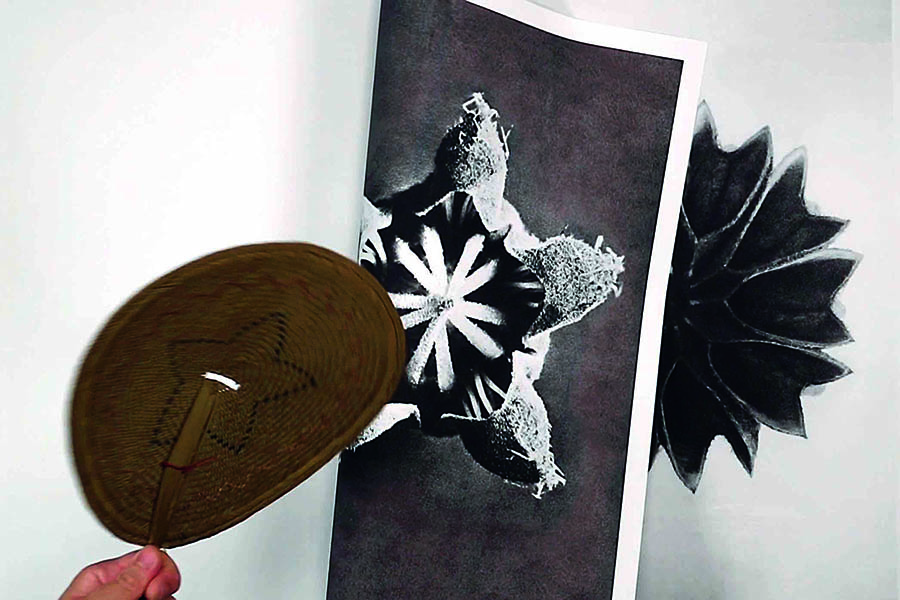
The exhibition invited 50 artists from different countries including China, Mexico, Spain, Brazil, India, Russia, South Africa and South Korea. Their works discuss the role art plays in the chain reaction of emerging economies and how art deals with social transformations and their influence on society and individuals.
Stuck in the Middle
Although the exhibition focuses on BRICS countries, the participating artists hail from a wider range of nations. Curators hoped that inviting representatives from several developing countries would result in light radiating from a “middle zone.” “We have artists from Spain, Cuba, Mexico, Chile, Panama and even Iraq,” notes co-curator Huang Du.
These nations from the “middle zone” are neither Western countries nor undeveloped ones, and represent a rising force. “In contrast with Western economics of transnational capitalism and modes of knowledge production, new emerging economies focus on national modernization and cultural discovery,” explains Huang. “Influenced by global capitalism, they benefit from it and grow. Their complicated and diverse political and economic situations present a different brand of modernization, which demands attention and analysis that can be satisfied in part through study of their artistic practice.”

The exhibition hopes to shake off the normal worldwide context of West-centered globalization and focus on nations in the “middle” to show the commonalities and differences of the globalization process.
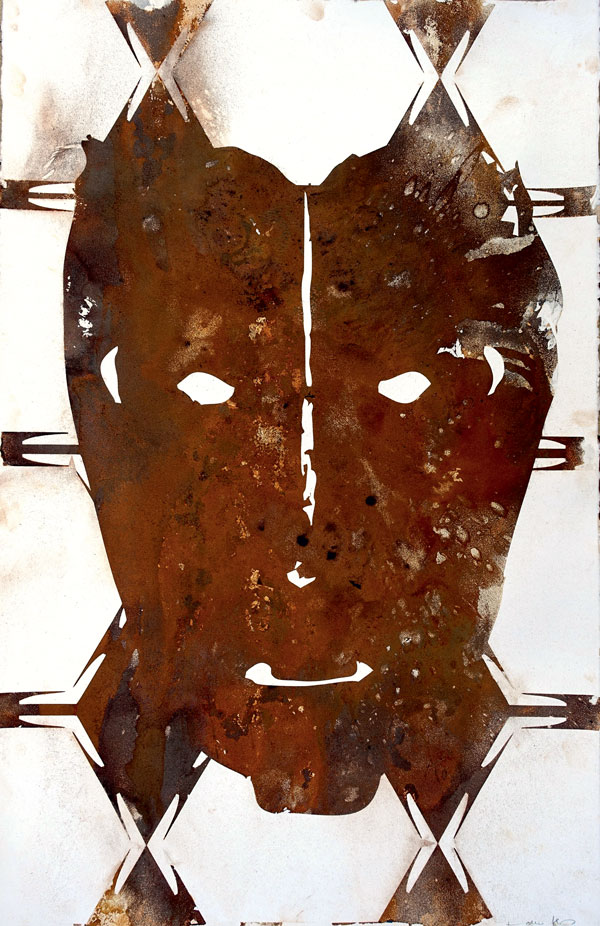
“For example, for Chinese people, demolition is one of the most conflicted issues of urbanization,” Huang continues. “China must face this problem alongside other developing countries. Panamanian artist Donna Conlon took photos of her country’s old cities and titled the series ‘Domino Effect’ to highlight demolition and reflect on the impacts of urbanization. St. Petersburg is tearing down old buildings even more frantically. Emerging economies are all facing similar problems like penetration of capital, lawlessness and destruction of tradition.”
Curators believe that art from the “middle zone” is neither “the other” nor “itself,” which contributes to artistic vitality. They feature characteristics of non-Western modernization, which fits perfectly with the “Another Choice” theme.
Artistic Dialogue
In 2001, economist Jim O’Neill coined the acronym BRIC. In 2010, South Africa was added to the group, making it “BRICS.” For a long time, the study of emerging economies has focused on their economic roles. Such large-scale art shows from emerging economies are still rare.

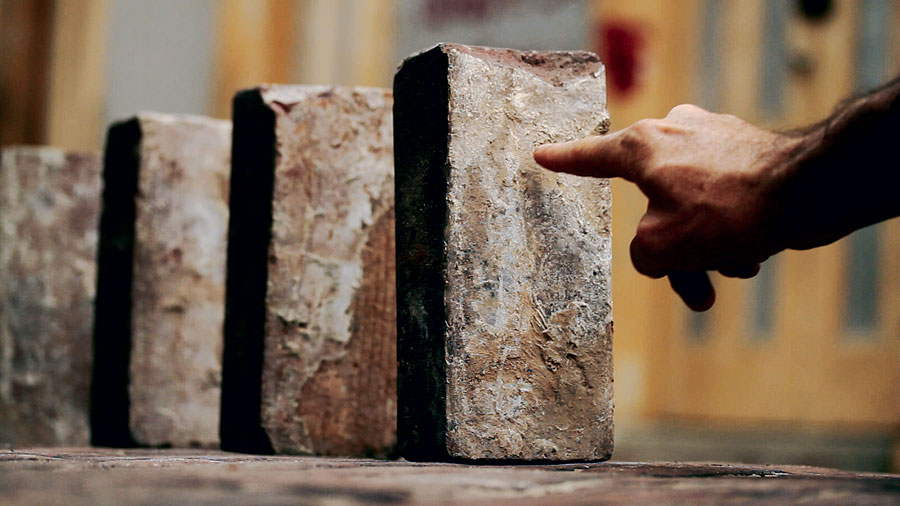
“Art has the power to penetrate the depths of social and cultural matters by virtue of its tropological, subjective approach, which allows artworks to address the intricacies of society,” remarks Cubabased co-curator Gerardo Mosquera. “In a lively and enlightening manner, art documents the human aspects of progress and highlights subjective matters and cultural predicaments that macroeconomic numbers miss.”
The exhibition did not arrange exhibits by nation. “We placed works on related topics together to promote dialogue among works and highlight the mixed and overlapped vigor of art in the ‘middle zone,’” explains Yan Yan, deputy director of Today’s Art Museum.

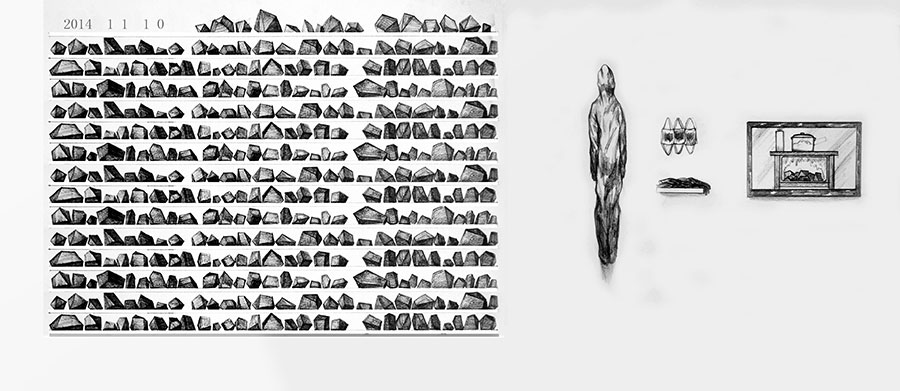
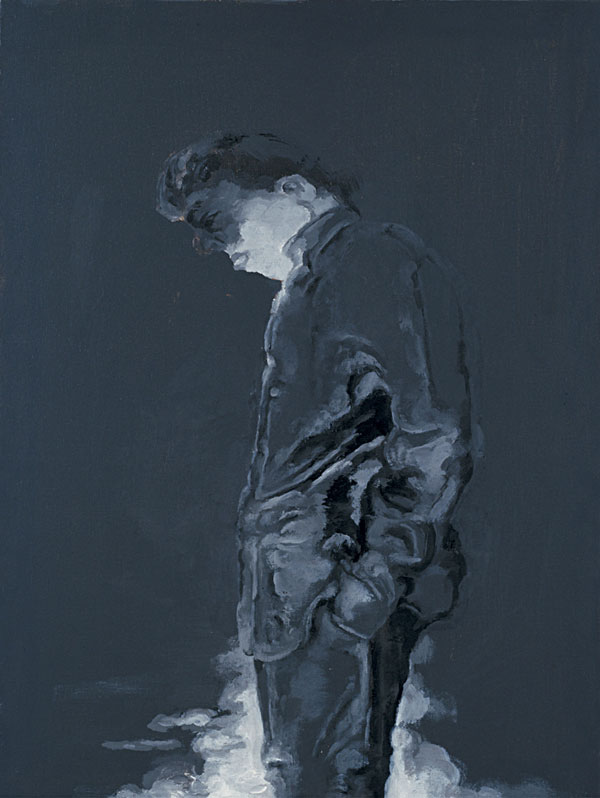
For instance, Weng Fen, Marcos Ramirez Erre and Eason Tseng Ka-wai all reflect on complicated issues in multi-dimensional space. Staring at Ordos by Weng documents Ordos, a Chinese city rich in coal, which declined after the country began to shift its mode of development. A snapshot of the absurd growth of a city, the work not only expresses human anxiety about space, but also mirrors the relation between modern capital and consumer society. Contrasting Weng, Marcos Ramirez Erre’s City Portraits employs cartography, technology, sociology and ethnic groups. It uses abstract form to illuminate the complicated nature of globalization. Hong Kong artist Eason Tseng Ka-wai’s New Landmark features photos of the surfaces of architecture from a low angle.
“Most contemporary artists don’t describe, analyze, express or build context,” adds Gerardo Mosquera. “The context comes from their personal, historical, cultural and social contexts in international terms. Context thus ceases to be a ‘closed’ circuit related to a reductive concept and projects itself as a space from which international culture is built naturally. The works in this exhibition inject this dynamic into contemporary art.”